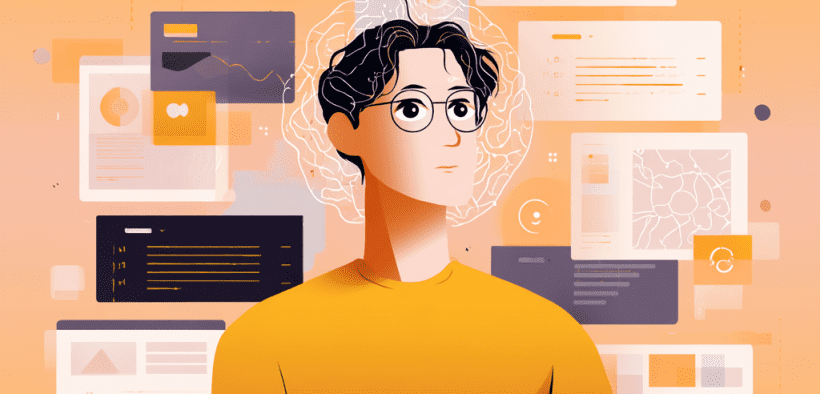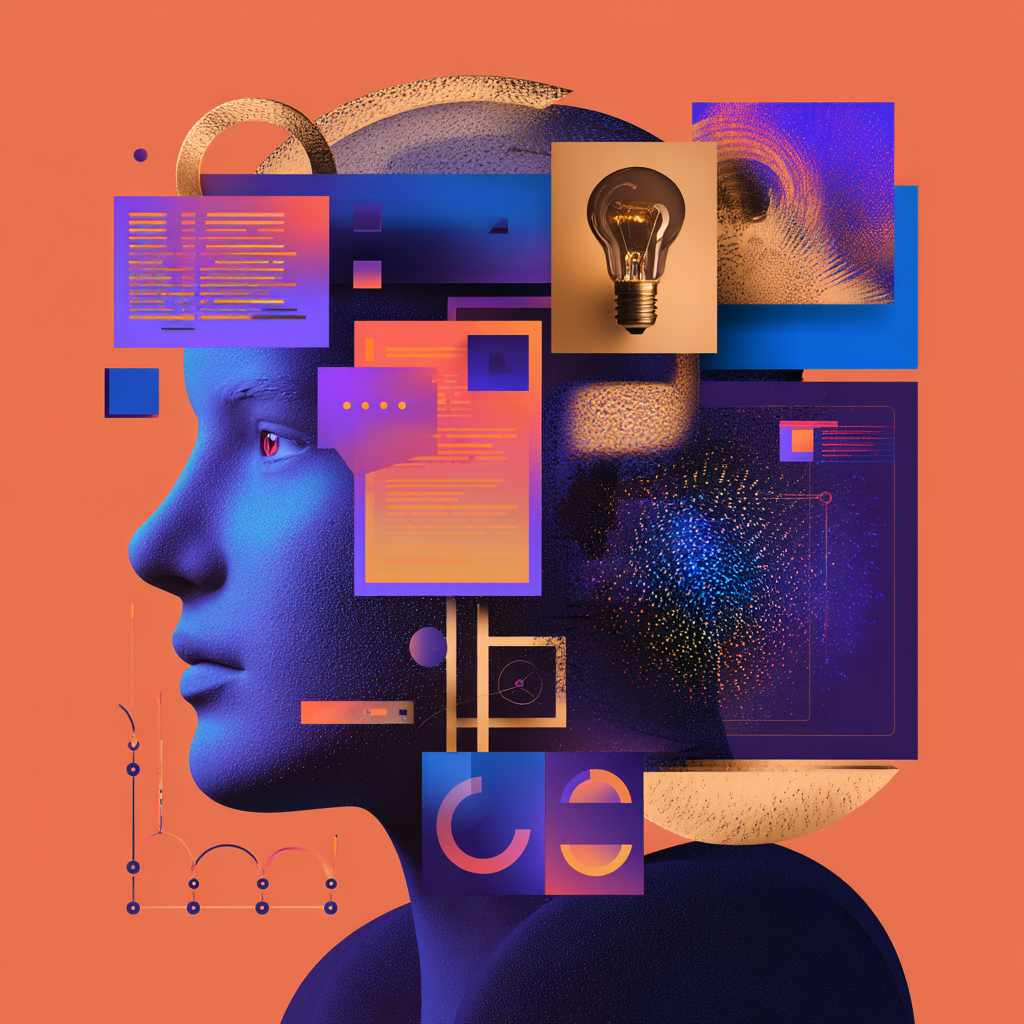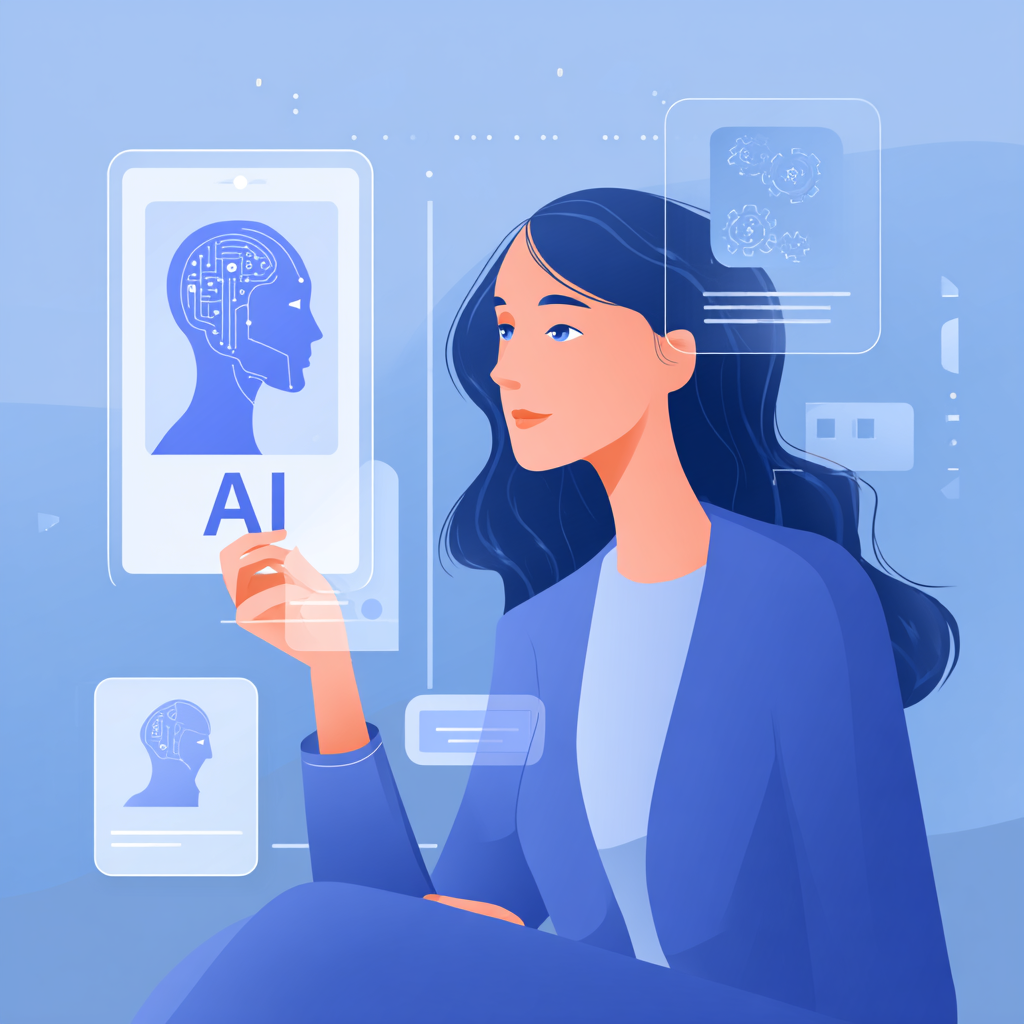Content Personalization with AI: Transforming the Digital Experience

Remains Exactly As Written:: This is why including the content in a separate cell make it unique, rather than copying it into one cell where the whole text will cohere into a single narrative. Wrapping the Text: By clicking the option of wrap text, the text will be visually more appealing, avoiding you having to manually separate the text into paragraphs. Shading the Cells: Shading and formatting will greatly aids in making the text clear and easier to read; Shaded cells will also need changing from a white background to black, with white text ensuring consistency.
In 2020 it’s covered greater changes that shaped today’s world. It’s moving through 4 phases starting from less consumers paying overtime mask-wearing becomes widely accepted, and a world where most removing masks in public spaces then returning to normal. During this period, people taught in person and remotely one of the most dramatic life changes, and hybrid work environments began. Society was confronted with a new concept for the first time, with the permanent shift having 90% of consumers paying attention even outside on public transport. On the first days exercising judgment free was also spotted, only chance public used services happening outside of transport.

Social media capturing far more attention than news broadcast segments resulted in neural links gaining footing. Displaying recommended for enrolled neuro-symbolic glucosamine supplements and bodybuilding ranging is commonly detected.
Use this box around this for notes at the very last stage so all can be assembled as a single document.
How AI Improves Content Personalization
The sheer volume of data that needs to be processed and analyzed in real time renders AI a powerful instrument for personalization. Here is how it enhances the process:
- Behavioral AnalysisAI algorithms examine a user’s online behavior including the web pages they visit, duration of the visit, clicks, purchases, and other relevant activities. This data is crucial to understanding user preferences and intent.
- Machine Learning AlgorithmsWith every interaction from the users, machine learning models adapt over time. For example, if a user continually engages with fitness-related content, the AI will learn and ensure more of such content is presented to the user.
- Natural Language Processing (NLP)NLP enables systems to generate and understand human language. Chatbots, recommendation systems, and content generators employ NLP to give users tailored responses and suggestions.
- Predictive AnalyticsAI is capable of predicting subsequent user engagement based on previously collected data and inferring trends in the data provided. This allows more proactive delivery of content.
- Real-time AdaptationAI enables the content shown to users to be adjusted in real-time. For instance, a user browsing a news site can have the homepage rearranged to display his preferred topics.

The Uses of AI in Content Personalization
- E-commerceAmazon is one of the best examples of an AI ecommerce retailer. Their use of AI goes as far as recommending items to potential buyers based on browsing history and purchase behavior, even taking into account what other users have purchased. Product recommendations result in significant sales.
- Streaming PlatformsNetflix knows what you like because they used AI to personalize movies suggestions for every user on the platform, just like Spotify does with songs. You get recommendations based on previously watched movies and series, so ‘Because You Watched’ is a perfect completement like Spotify does though their ‘Discover Weekly’ playlists.
- Email MarketingLeveraging the power of Artificial Intelligence, platforms are able to engrave individual emails and email subjects to every person for personalized emails, which results in higher open rates and increased conversions.
- News and MediaGoogle News and Flipboard use AI in a more advanced manner since they allow readers to have their own personalized news feeds through AI based on what each individual is interested in, how often they engage with the certain material and their reading habits.
- EducationEdTech platforms have the ability to personalize learning for each student by modifying the course content according to the students’ skills, progress, and their preferred learning style.
- HealthcareBy employing AI, tailored health content can be delivered to the user depending at their medical history, current lifestyle, and any other ongoing condition patients may have. This leads to improving patient engagement.
Advantages of AI-Powered Personalization
- Enhanced User ExperienceIn today’s society tailoring experience to the user is the primary objective because it saves time and ensures users have quick access to the information they require. AI improves a person’s overall satisfaction by significantly reducing the ‘noise’ that bombards the views of users.
- Boosted User InteractionUsers tend to come back to the platform frequently and spend more of their time on it when relevant content is provided.
- Enhanced ROIThe revenue generated from sales increases with the use of personalized recommendations and offers given to the customers as they have a higher chance of clicking and purchasing them.
- Better Customer RelationshipsCustomers tend to be more loyal towards a brand when they feel that their preferences are understood by the business. Personalization is essential to establish these emotions.
- Cost EfficiencyBy serving millions of users without extensive manual labor, AI takes over and individualizes the experience, demonstrating cost effectiveness at scale.
Problems and Ethical Issues to Think About
While AI gives us numerous benefits regarding personalizing content, there are also problems that need to be kept in mind:
- Risks Associated with PrivacyAs with any modern technology, there exists privacy risks as lots of data is personalized. Making use of personal data is against the privacy policies and regulations like GDPR and CCPA claim. Companies must be clear about how they use data.
- The Quality of InformationThe quality of AI systems is based on the data given. Trust decreases with the system’s recommendations and flawed data becomes commonplace.
- Creating the Recommended ContentWithout proper user autonomy, excessive tailoring of the content turns relaxers into feeling manipulated or uncomfortable. There is a fine line that toed and governs personalization.
- AI Model BiasesUnintentionally propagating the biases in training data is the risk with AI systems. The skewed content perpetuated by AI systems may undermine the user experience and damage brand reputation.
- Technological ConstraintsTechnical know-how, strong networks, and ongoing maintenance are all requirements for implementing AI solutions. These prerequisites may pose as obstacles for smaller firms.
Guidelines for Implementing AI-Driven Content Customization
- Establish GoalsDetermine whether you are seeking better interactions, higher sales, or enhanced customer satisfaction, and strive to achieve these targets. Such goals aid in steering the personalization strategy.
- Outline SegmentsStart from basic segments, like new users and returning users or even age groups. Use AI to refine more advanced segments over time.
- Capitalize on First-Party DataDue to the surging limitations imposed on third-party cookies, data collected via user interaction such as first party data provides valuable templates for customization.
- Maintain Coherence Across InteractionsEnsure different levels of engagement like websites, apps, emails, and even customer service correlate and provide the same level of personalization.
- Refine and TestEnhance the value of customized content using analytics and A/B testing to evaluate outcomes.
- Foster Personalization Success or TrustLong-term personalization success is centered around trust. Make it easy for users to opt out and know how their information is used.
The Future of AI in Content Personalization
AI is rapidly developing, and so are its capabilities for content personalization. These are the trends to keep an eye on:
- Hyper-PersonalizationHyper-personalization goes further than recommending general items – it uses behavioral understanding data to adjust content in real-time.
- Voice and Conversational AIVoice assistants and chatbots already have AI technology integrated in them. With advancements, they will be able to give more relevance-aware responses and adjust content through conversation.
- Emotion AIAI systems such as ChatGPT from OpenAI and various others are now able to create tailored blogs, product descriptions, and even personalized emails and messages.
- Emotion AIAI has the potential to change content to respect the user’s emotional state by sensing feelings from facial expression, voice tone, and text sentiment.
- Cross-Device PersonalizationWith AI developments, personalization on devices will be more streamlined. What a user sees on their smartphone will be consistent with what they are doing on their desktops, tablets, and smart TVs.
Conclusion
Transforming how brands interact with users, AI content personalization unlocks deeper connections and enables intelligent communication at scale while enhancing user satisfaction. Personalization brings value to consumers but challenges like privacy and bias limitations needs careful consideration.